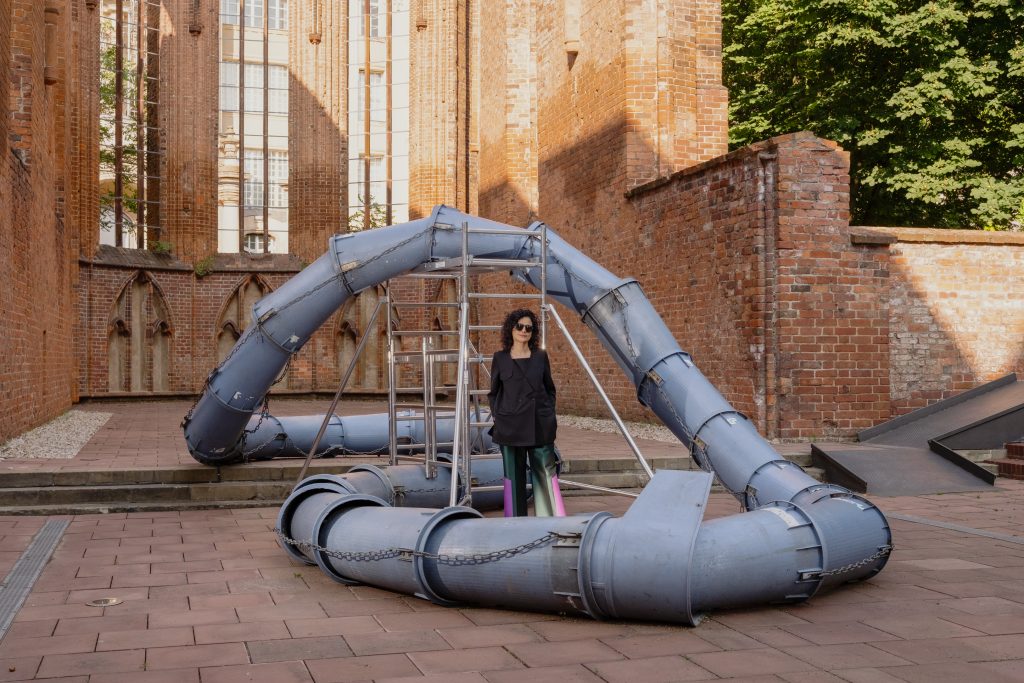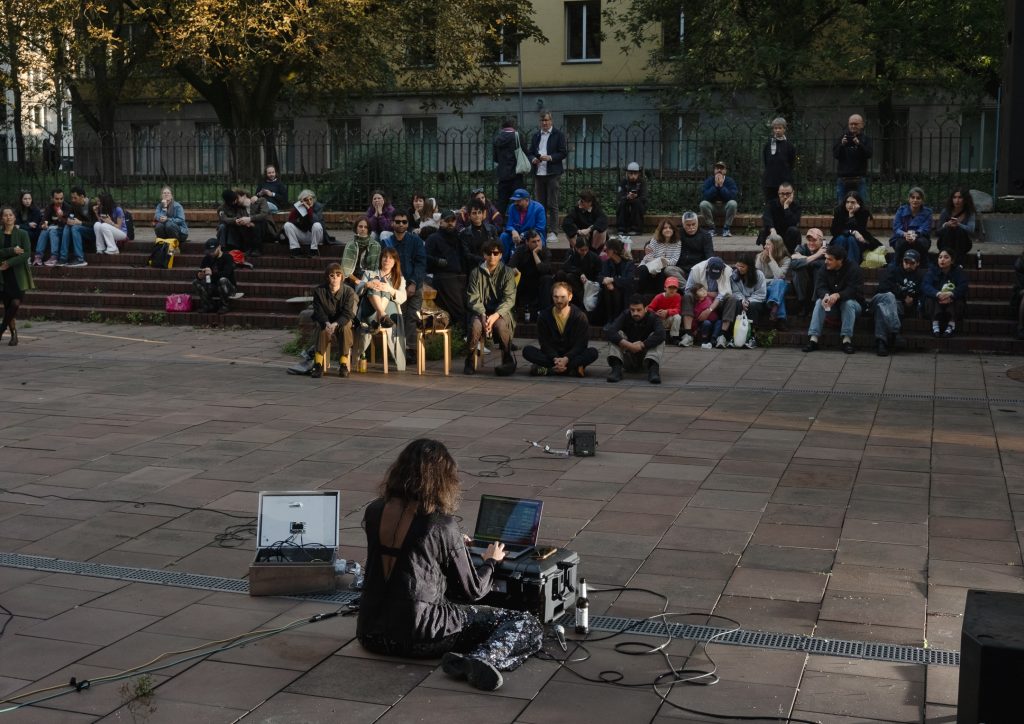Klosterruine





The ruin of the Franciscan monastery church is one of the last remaining testimonies to Berlin’s founding history and is one of the city’s most important architectural monuments that is open to the public and used for cultural purposes. Located in the historical and present-day centre of Berlin and in the immediate vicinity of Alexanderplatz, it is considered an outstanding monument of medieval architecture. Its changing function and usage reflect the eventful history of the city.
Klosterruine
Every year since 2016, artists and curators have been invited to draw the monastery ruins into the light of the present and open up new perspectives. These site-specific formats reflect on the architecture and history of the former Franciscan monastery church and form a radically contemporary exhibition and performance programme, thus making the monastery ruins, along with Bärenzwinger, “one of the most exciting places for contemporary art” (Kunstforum 2020).
Detailed information on how it is used – expressed in concepts that bring together contemporary artistic perspectives and the historical circumstances of the monastery ruins, as one of the last remaining testimonies to Berlin’s founding history, with current debates about the historical centre of Berlin and city planning surrounding the Molkenmarkt – can be found here.
Address
Contact
Opening Hours
April – September:
Monday – Sunday, daily 11am-7pm

